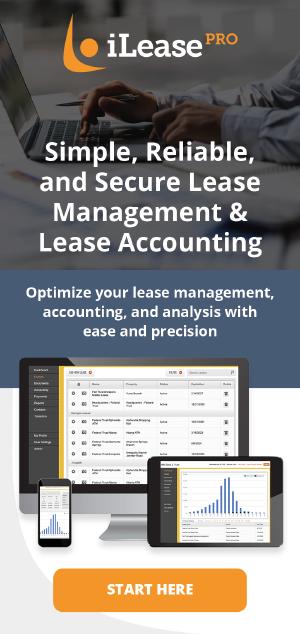How ASC 842 Affects EBITDA-Based Loan Covenants
How ASC 842 Changes EBITDA Calculations
Under the previous lease accounting rules, operating lease expenses were reported as part of operating costs, directly reducing EBITDA. However, ASC 842 alters the classification of lease expenses:
- Lease expenses for finance leases are now divided into amortization (depreciation of the right-of-use asset) and interest expense (on the lease liability), both of which are excluded from EBITDA calculations.
- Companies with significant lease portfolios may see an increase in EBITDA as a result of this change, making EBITDA-based covenants appear easier to meet.
Impact on Loan Covenants
Many loan agreements include EBITDA-based financial covenants, such as:
- Debt-to-EBITDA Ratio – Measures leverage and financial health.
- EBITDA Coverage Ratio – Evaluates the ability to cover fixed charges and debt payments.
- Minimum EBITDA Requirements – Ensures a company maintains a certain level of earnings.
With ASC 842’s changes, companies may initially appear to have a stronger EBITDA position. However, lenders are aware of these accounting adjustments and may redefine EBITDA in loan agreements to exclude the ASC 842 impact. This can include adjustments such as:
- Adding back operating lease costs as if they were still classified under previous accounting rules.
- Adjusting EBITDA calculations to account for the non-cash nature of finance lease amortization.
- Introducing alternative financial ratios that offset ASC 842’s impact.
Challenges and Considerations for Businesses
- Renegotiating Loan Agreements: Companies should proactively engage with lenders to ensure that EBITDA calculations reflect their true financial position under ASC 842.
- Monitoring Covenant Compliance: Firms must continuously track their adjusted EBITDA and lease liabilities to avoid unintended covenant breaches.
- Financial Forecasting Adjustments: Since EBITDA-based loan covenants may be impacted, businesses should adjust financial models to account for new lease accounting treatments.
- Using Lease Accounting Software: Tools like iLeasePro can help companies properly track lease expenses and ensure compliance with loan covenants.
ASC 842’s impact on EBITDA-based covenants presents both opportunities and risks. While companies may initially benefit from a higher EBITDA, lenders may counteract this advantage by modifying covenant definitions. Businesses should take a proactive approach by discussing these changes with lenders, carefully monitoring compliance, and leveraging technology to ensure accurate financial reporting. By staying ahead of these changes, companies can effectively manage their loan covenants and maintain financial stability.



